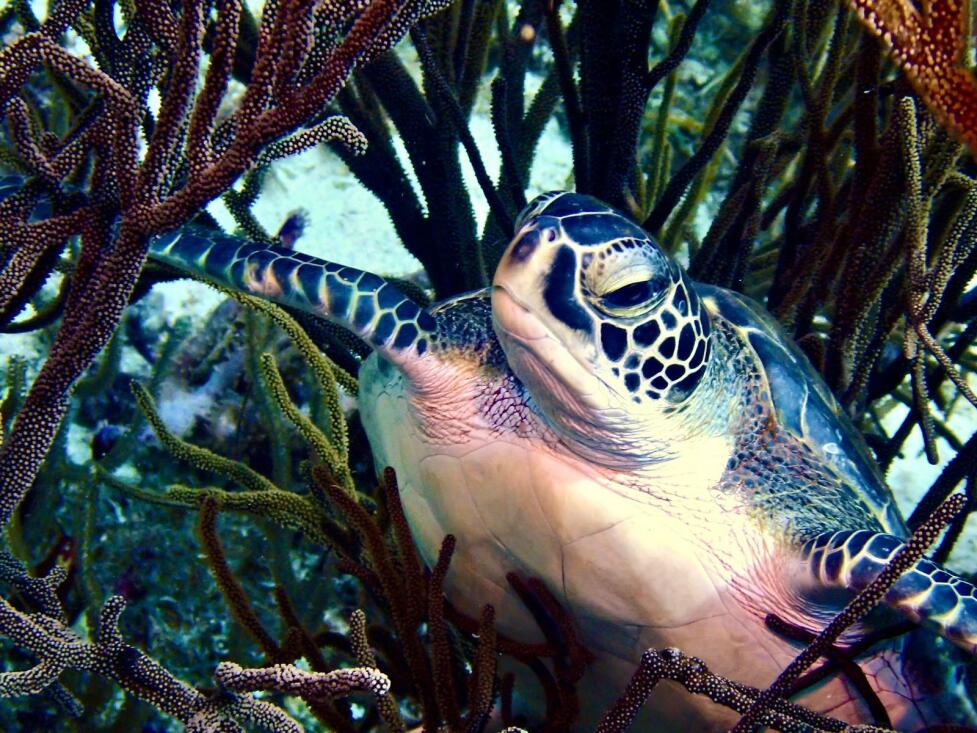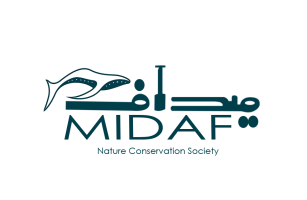Sea Turtles
Sea turtles are fascinating and unique creatures belonging to a family of reptiles that primarily inhabit oceans and seas. Today, seven species of sea turtles remain on Earth, all of which are listed on the IUCN Red List of Threatened Species.
These creatures first appeared in the Late Triassic period, around 300 million years ago, according to fossil records. Since then, they have existed with minimal morphological changes.
Paleontological evidence indicates that sea turtles once included five families. From the Jurassic period to the present, three of these families have gone extinct over time.
The classification of sea turtles has undergone significant changes throughout history. In the most recent taxonomy, living sea turtles are categorized into two families: Cheloniidae, with six species, and Dermochelyidae, with one species.
Features:
Modern turtles, classified under the order Testudines, all possess a hard upper shell called a carapace and a sturdy lower shell known as a plastron, which encases their internal organs within a box-like structure called a shell.
The shell in these creatures is formed by the fusion of ribs and vertebrae, covered by hard keratinous plates known as scutes or plates. These keratinous plates are not present in leatherback turtles (Dermochelys coriacea), whose shells, like other parts of their bodies, are covered with thick leathery skin.
Modern turtles lack teeth; their jaws are equipped with strong, horned plates for biting food. Although all members of this suborder can move their heads vertically, sea turtles cannot fully retract their heads into their shells.
Habitat:
Sea turtles are typically found in tropical and subtropical waters. Due to their need for warmth, they migrate to warmer waters during specific seasons.
Types of Marine Turtles in Gulf of Oman and Persian Gulf
Marine turtles are classified into seven main species, five of which are found in the waters of the Persian Gulf and the Sea of Oman:
Green Turtle (Chelonia mydas)
Leatherback Turtle (Dermochelys coriacea)
Hawksbill Turtle (Eretmochelys imbricata)
Loggerhead Turtle (Caretta caretta)
Olive Ridley Turtle (Lepidochelys olivacea)
Ecological Importance:
Regulation of Algae and Seagrass Populations
Control of Prey Populations
Contribution to Marine Food Cycles
Nutrient Transport
Ecosystem Health Indicators
Threats:
While sea turtles have evolved over millions of years, they now face serious environmental challenges, including:
- Habitat Destruction: Suitable beaches for their nesting are being destroyed due to human activities such as coastal development and environmental pollution.
- Climate Change: These changes can directly and indirectly affect the habitat of sea turtles and ultimately their survival.
- Illegal Hunting and Trade: Their meat, shells, and eggs are exploited for food sources and decorative purposes.
- Pollution: Plastic waste and other ocean pollutants can cause fatalities among these animals.
Conservation Efforts:
According to available reports, including the latest report from the International Union for Conservation of Nature (IUCN) and the appendices of the Convention on International Trade in Endangered Species of Wild Fauna and Flora (CITES), the conservation status of sea turtles is highly concerning. Numerous efforts are being made to protect sea turtles, including:
Establishment of Protected Areas
Public Awareness Programs
Regulation and Legislation

